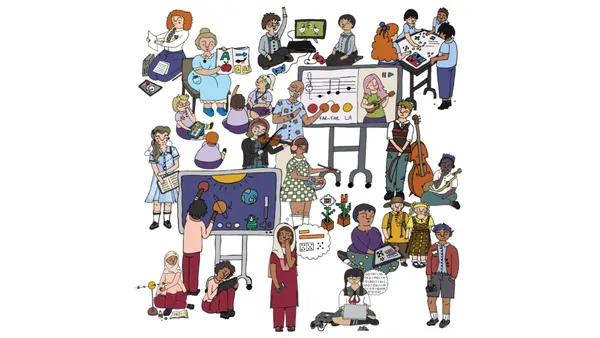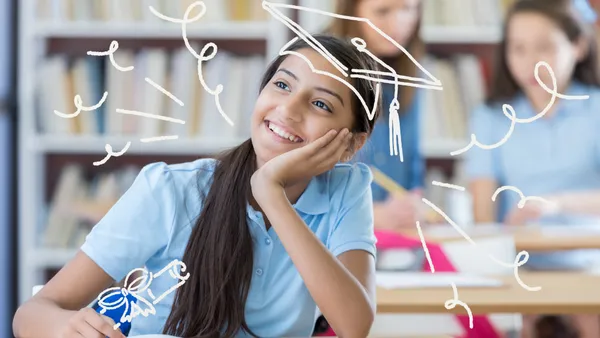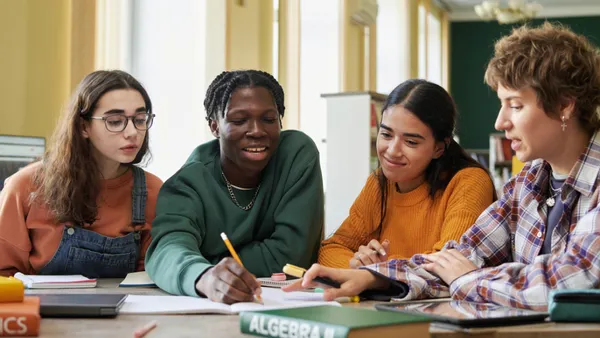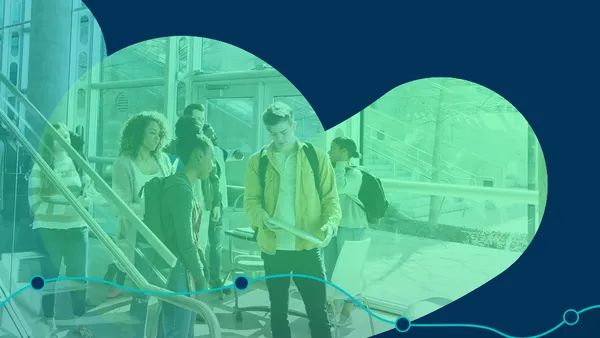Dive Brief:
- Cultivating social awareness in the classroom requires teachers to first take a look at themselves and focus on how to develop a mindful and reflective mindset, learning designer and author Raquel Rios writes for Edutopia. A "learning designer," Rios said it’s not so much about understanding learning disabilities, race, class, language barriers or other characteristics; it’s about teachers learning how to put themselves into the classroom’s social environment and then thoughtfully respond to their students.
- She shares some ideas on how professional development (PD) can support teachers in this endeavor. The first step is to activate an intergroup dialogue that allows teachers to be authentic and present, listen deeply and be deliberate in their responses.
- The PD should include practice rituals that help teachers understand how others, who don’t believe in or practice the ritual, would feel being forced to partake in it. Also rituals shouldn’t feel superficial, be political or contradict someone’s belief system. The last PD component is that teachers should get the opportunity to "bear witness" to another’s trials and tribulations and learn to listen without judgment.
Dive Insight:
The divisive political climate makes finding the balance between freedom of speech and kind words a struggle, and the rhetoric can produce fear among children of color and trigger anxiety about deportation among students from immigrant families.
Now, at the beginning of the school year is a good time for teachers to set expectations of inclusion, equity and acceptance of diversity. Experts advise being explicit about how students will treat one another. Students can learn how to have different opinions, but still respect — and maybe even like — each other. Including the parents of all students in the classroom and encouraging them to share their experiences, not just those who volunteer, is another way to communicate inclusion.
The site Teaching Tolerance offers ideas of how to instill a classroom environment that values all students regardless of their race, immigration status or physical abilities.
Many teachers feel ill-prepared to work with students with special needs. A report by the National Center for Learning Disabilities found that only 17% of general education teachers feel confident working with special needs students that are in classrooms. Many educators feel that more PD designed to help teachers reach this student population is necessary.


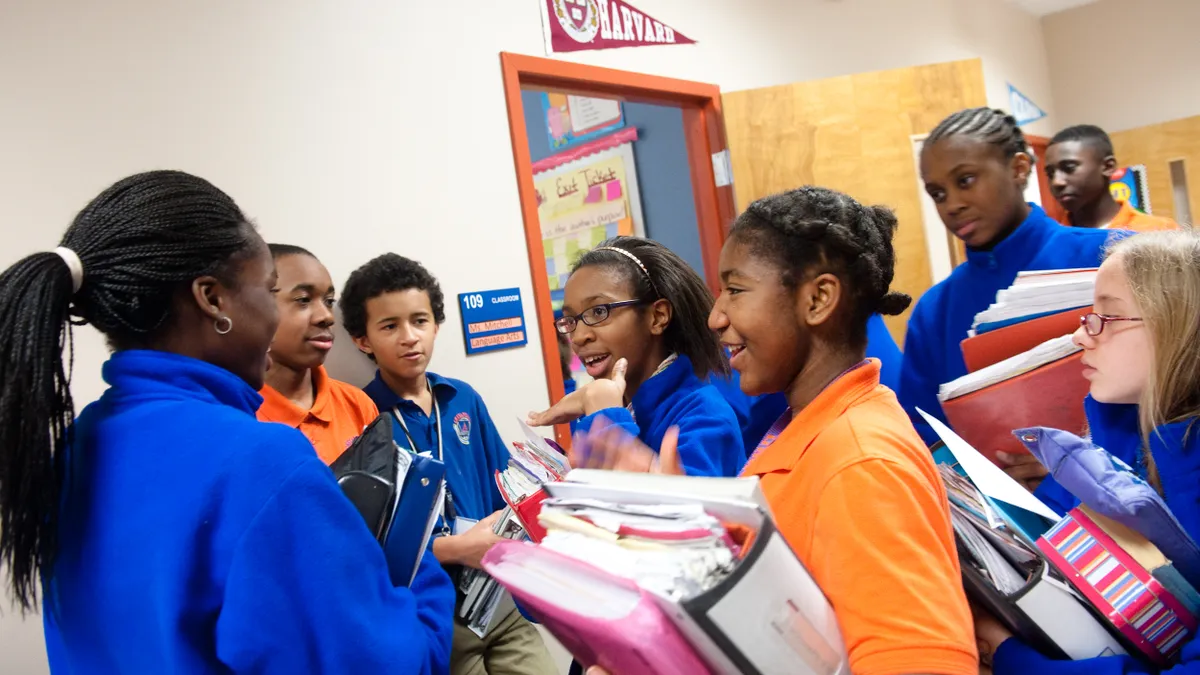



 Dive Awards
Dive Awards



